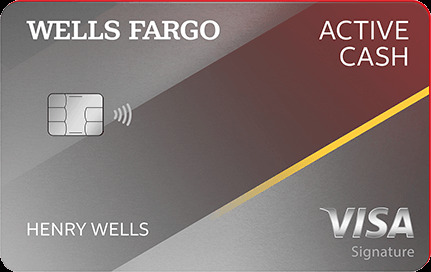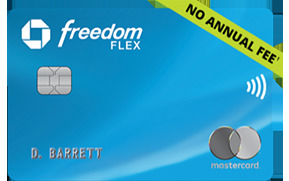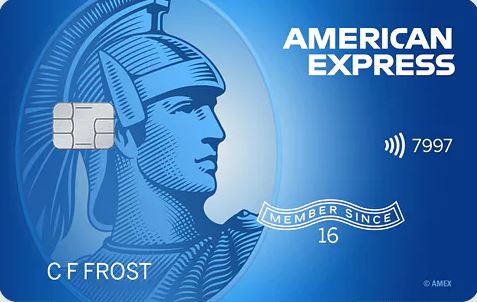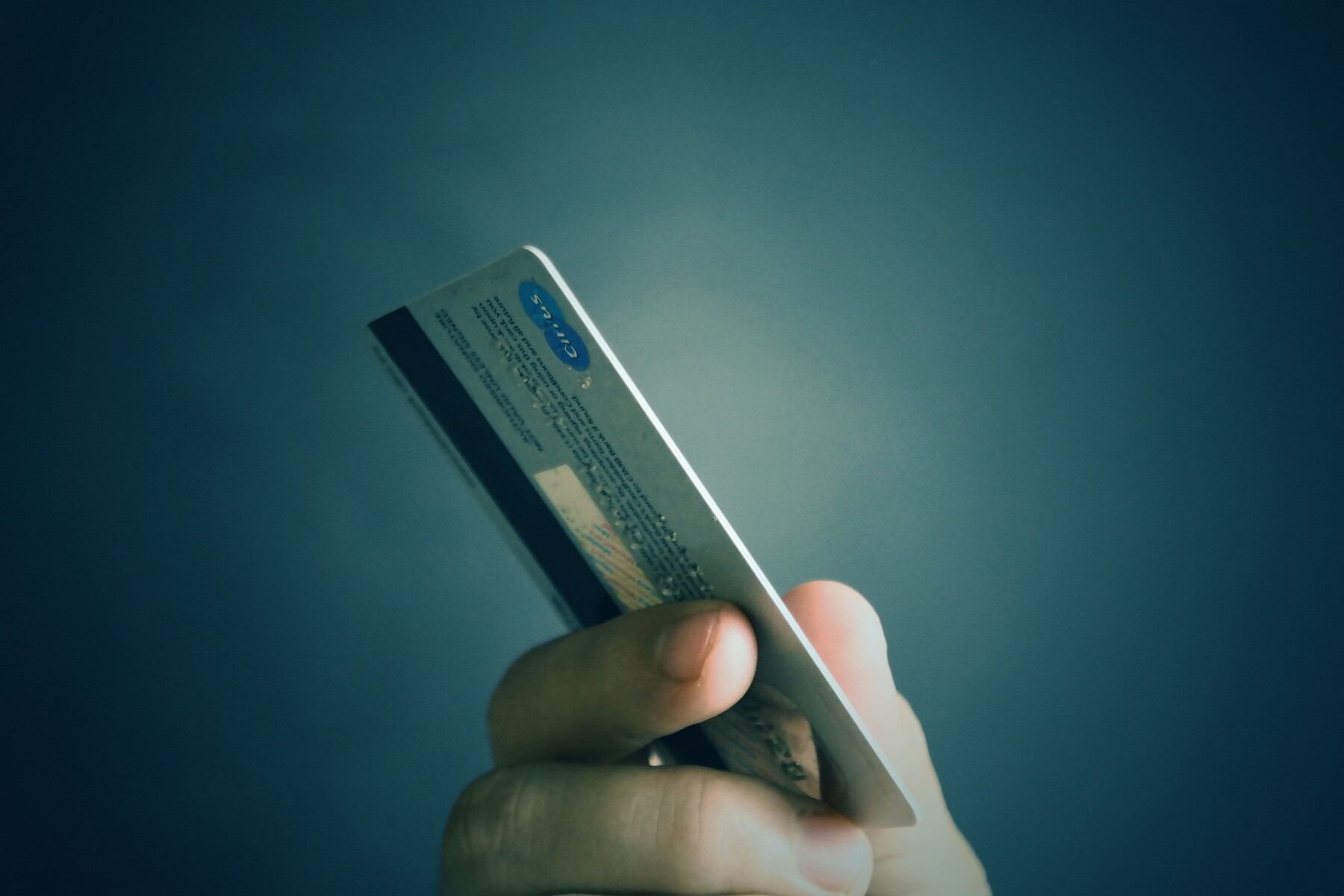Designing lessons and educational tools and stocking extra stationery can stack your expenses fast. Choosing a suitable card from hundreds of options may leave you exhausted.
Hence, we researched for you and found the best credit card for teachers, along with a few options. You can go through our list and decide the best fit for yourself.
Our Top Reviews for the Best Credit Card for Teachers
The best credit card for teachers should be the most convenient. We have compiled detailed reviews of the three most accessible cards we could find. Note that you don’t pay an annual fee for any of them.
- Best Altogether: Wells Fargo Active Cash
- Best for Cash Back: Chase Freedom Flex
- Best for Everyday Expenses: Amex Blue Cash Everyday
Best Altogether Card for Teachers: Wells Fargo Active Cash
You may be spending on classroom supplies and extra snacks for students. This card can fit because it:

- Allows a fair credit score
- Offers unlimited cash back
This 2% return is the highest flat-rate reward percentage among cash-back cards.
You don’t have to fuss about switching bonus categories repeatedly with the Wells Fargo Active Cash card. You also get more affordability because of a $0 annual fee and no penalty APR. Although you incur a 3% foreign transaction fee, you can earn through shopping with the locals.
We found the intro offer more lucrative compared to several flat rate cards. You incur a 0% APR on:
- Purchases for 15 months
- Balance transfers you made within the first 120 days
You also pay a 3% balance transfer fee for the first three months. You can use the intro period to pay off outstanding loans or large purchases. Furthermore, you can get this card with a fair credit score.
Welcome Offer
You get a decent and easily attainable welcome offer compared to more expensive offers with other cash back cards. You get $200 back if you spend $500 on purchases within the first three months. You can stock up on supplies, groceries, or big appliances to reach that goal.
Pros
- Unlike most cash back cards, you avoid the hassle of changing categories throughout the year.
- You get the maximum flat rate reward percentage. It is unique as several cards offer a 1.5% return, the highest percentage in this category.
- You get a long 0% APR period on purchases and balance transfers to ease into using this card.
- You can claim up to $600 if your cell phone gets damaged or stolen.
- You can redeem your cash rewards at the ATMs. No other issuer allows this facility.
Cons
- You don’t get category-specific rewards like other coveted rewards cards.
- You can get higher reward percentages and a $0 annual fee if you explore more card options.
- You can find cards that incur a lower APR than this one.
Best Cash Back Card for Teachers: Chase Freedom Flex
You get top-tier reward percentages with Chase Freedom Flex. This card is a solid step towards acquiring the Chase Trifecta, a perfect blend of three Chase cards.

Besides the usual flat rate of 1%, like most cash back cards, you get:
- 5% return on rotating categories. You should spend up to $1,500 each quarter.
- 5% cash back on purchasing travel with Chase Ultimate Rewards.
- 3% back on drugstore purchases.
- 3% cash return on dining in, takeout, and food delivery.
You can increase your reward pool significantly through the quarterly categories. Chase offers at least one routine-spending category each quarter.
This card has a no-annual fee rule, too. The affordability increases twofold with the generous intro offer. You don’t incur an APR on purchases and balance transfers for the first 15 months. It allows you ample time to clear loans or pay installments on a large purchase.
Welcome Bonus
You get the standard welcome bonus for no annual fee cards. You get $200 for spending $500 within the first three months of being a card member.
Another bonus, although it is not an intro offer, is that you get another 5% cash back temporarily. You get this cash return on availing of Lyft purchases until March 2025. This special offer can get you extra earnings in the long run.
Pros
- You pay a $0 annual fee along with a 0% intro APR for 15 months. This combination is best among several cash back card options.
- You get a 5% cash back on travel bought through Chase Ultimate Rewards. Your trips can become earning opportunities!
- You get a solid welcome bonus that has an accessible price cap and an achievable time limit.
- You get a 5% cash back on rotating categories. It is beneficial as at least one category is basic.
- You earn a 3% return on eating out and drugstore purchases each, which can increase your redemption pool.
Cons
- The rotating categories can be complicated to handle especially if you have a busy schedule.
- You can opt for other cards that offer rewards on commutes instead of flights only.
- You pay a foreign transaction fee that can make global purchases expensive.
Best Everyday Expenses Card for Teachers: Amex Blue Cash Everyday
Amex Blue Cash Everyday is the best option among the Amex cards because of its $0 annual fee and reward categories. Also, you can subscribe to selected entertainment channels and get a statement credit in return.

As for the rewards, you get an average percentage. Additionally, the categories are fixed, though necessary. You should spend up to $6,000 per year to gain:
- 3% return on US supermarkets
- 3% cash back on US gas stations
- 3% cash reward on online retail in the US
You can get better reward percentages at other Amex cards. Nevertheless, they come with a high annual fee, which would be difficult to offset if you are not looking for premium benefits.
The APR is a different story, though. You get a breathing period of 15 months where you incur a 0% interest on purchases and balance transfers. You might pay a low APR after that as it is variable.
Welcome Offer
The welcome offer here is not as great as the other two cards in this list. Although you get the standard $200 bonus, you have to spend $2,000 in the first six months. So, unless you have to pay off a large purchase, you have to plan purchases to reach this goal.
Pros
- You get cash back on fixed categories, avoiding the confusing category rotation with other cash back cards.
- You get a lengthy interest-free period of 15 months. You can use it to clear off a loan.
- You pay a $0 annual fee, which makes this card cheaper compared to some popular Amex cards with a high annual charge.
Cons
- You incur a high APR on balance transfers and cash advances if you choose to carry a balance.
- You can get higher reward percentages with other cash back cards in the market.
Features to Consider for the Best Credit Card for Teachers
You might want to spend the least time selecting that one card for yourself. Nonetheless, you can fare well if you take these factors into account.

Specs Table
| Credit Cards | Intro APR | Welcome Offer | Rewards |
|---|---|---|---|
| Wells Fargo Active Cash | 0% APR on purchases and balance transfers for the first 15 months | $200 back on spending $500 in the first three months | Unlimited 2% cash back on every purchase |
| Chase Freedom Flex | 0% APR on purchases and balance transfers for the first 15 months | $200 back on spending $500 in the first three months | 5% cash back on spending up to $1,500 in rotating bonus categories |
| Amex Blue Cash Everyday | 0% intro APR on purchases and balance transfers for 15 months from the date of account opening. After that, 19.24% to 29.99% variable APR. | $200 statement credit for spending $2,000 in the first six months | 3% cash back on spending up to $6,000 per year at US supermarkets, gas stations, and online retail |
Qualifying Criteria
You should check beforehand if you qualify for a card. Keep in mind that you must get a card well within your means to stay debt-free. It is wise to begin with easy cards like Wells Fargo Active Cash and build on from there.
Card Fees
We can not stress enough the necessity of inquiring about every type of card fee you have to pay. Especially for maximum APR cards like Amex Blue Cash Everyday because it can pile up fast.
Rewards and Perks
Although cards like Chase Freedom Flex offer generous cash back, they may be useless to you because of their categories. Go for a card that enlists most of your required categories.

Related Questions
What Is the Best Credit Card for a Teacher?
The best card for a teacher is the Wells Fargo Active Cash card. You can also look into other options by Chase, American Express, Citi, etc.
Is There a Credit Card for Teachers?
There are cards for teachers by the teachers’ unions. However, you should explore cards that are available to the public because they generally have more benefits.
Would a Teacher Qualify for a Business Credit Card?
Yes, a teacher would qualify for a business card if they have a business including a sole proprietorship. They might offer private coaching and online classes. They are also eligible for a business card if they own a side business.
Conclusion
We find Wells Fargo Active Cash to be the best card for teachers. It is affordable and allows fair credit to qualify. You get a straightforward reward structure along with a solid welcome bonus and a lengthy APR.